
How Hong Kong kept mosquitoes at bay – remember Flit?
Nets, coils, insecticides and Indian tonic water were all developed to deal with malaria
Debilitating fevers, such as dengue and malaria, were until recently part of everyday life across Asia. For hundreds of years, certain areas were simply deemed “unhealthy”; exposure to “the night air” and other toxic miasmas believed to emanate from the ground, rocks or the atmosphere in certain seasons, were regarded as the culprits.
Early European accounts of the Canton Delta all mention its pestilential climate and the prevalence of fatal fevers. Hong Kong even had its own variety, described in travel accounts as “Hong Kong Fever”; whether this was actually malaria or dengue is not documented.
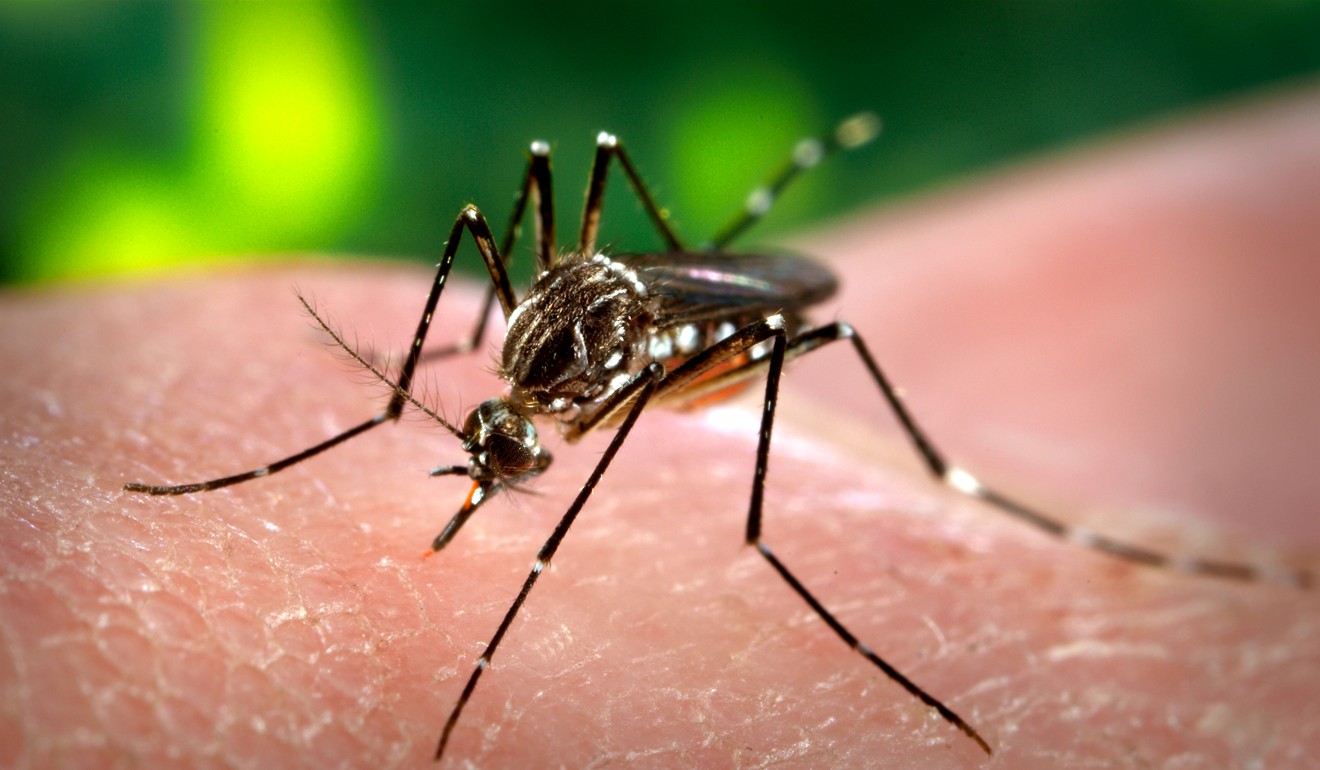
In the first few years of British rule on Hong Kong Island, the Wong Nai Chung plain, with its poorly drained former paddy fields, was notorious for fever. Happy Valley, the English name for the area, was taken from mordant British Army humour; the place you went when you were dead.
Malaria genome shows a cunning, finely tuned parasite, says study
After decades of scientific speculation, malaria’s mosquito-borne origins were conclusively proven in Calcutta in 1898 by microbiologist Sir Ronald Ross, who was later awarded the Nobel Prize for Medicine for this discovery. Connections between mosquito bites, blood contamination and disease progression were now in no doubt, but as a cure remained elusive, effective prevention was essential.
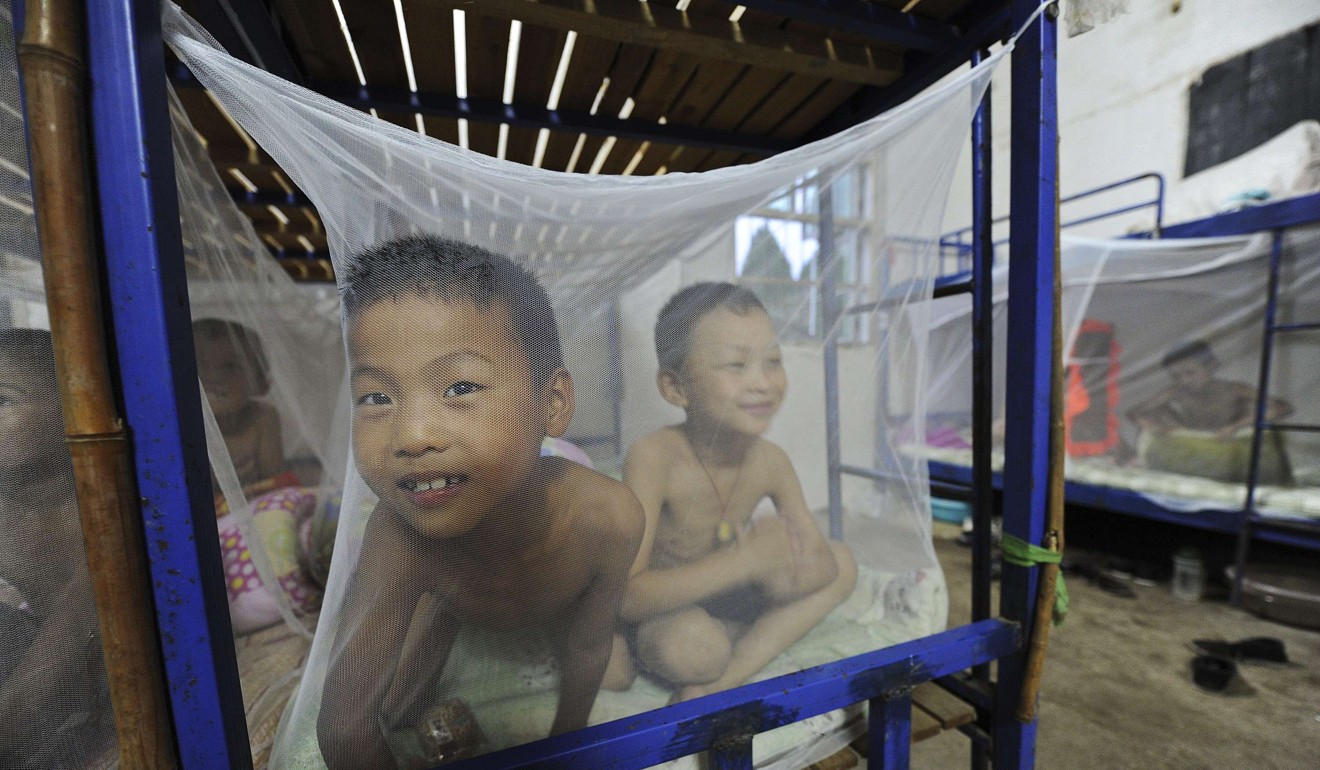
Ross’ discovery saw a sudden spike in global demand for mosquito nets, as what had hitherto been regarded as an irritating nocturnal nuisance was now known to be a serious health hazard.
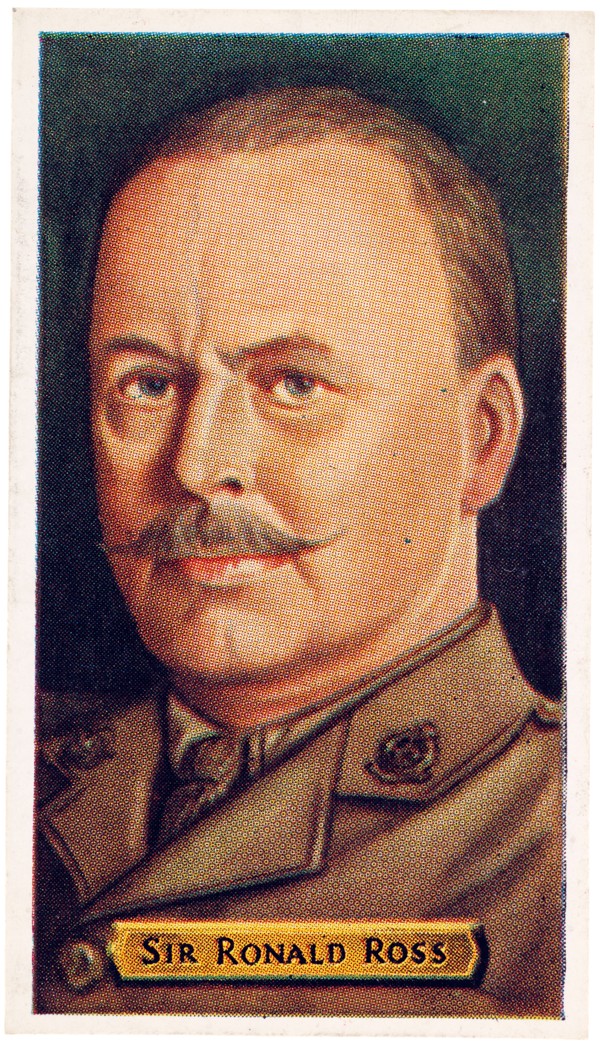
Chemical mosquito repellents were also rapidly developed. Incense and other smoke-causing agents had long been known to keep the insects at bay, and discoveries with pyrethrum and other plant-based insecticides became extremely profitable. Japanese incense manufacturer Eiichiro Ueyama invented the pyrethrum-based slow-burning mosquito coil in 1902, which rapidly became a bestseller across Asia. For decades, Japanese mosquito coils were considered the most effective and least offensive smelling, and unlikely to make humans ill from overnight inhalation.
Domestic insecticides were also developed; early varieties were oil-based by-products of the burgeoning petroleum industry. Probably the most well known was Flit. Introduced in 1923 by the United States-based Standard Oil Company, this product used a hand-held, pump-action sprayer to create an aerosol effect.
Flit was marketed all over the world by the ingenious deployment of menacing yet amusingly drawn cartoon insects. These were devised by a commercial artist named Theodor Seuss Geisel, who later found fame and fortune as the author and illustrator of the Dr Seuss series of children’s books.
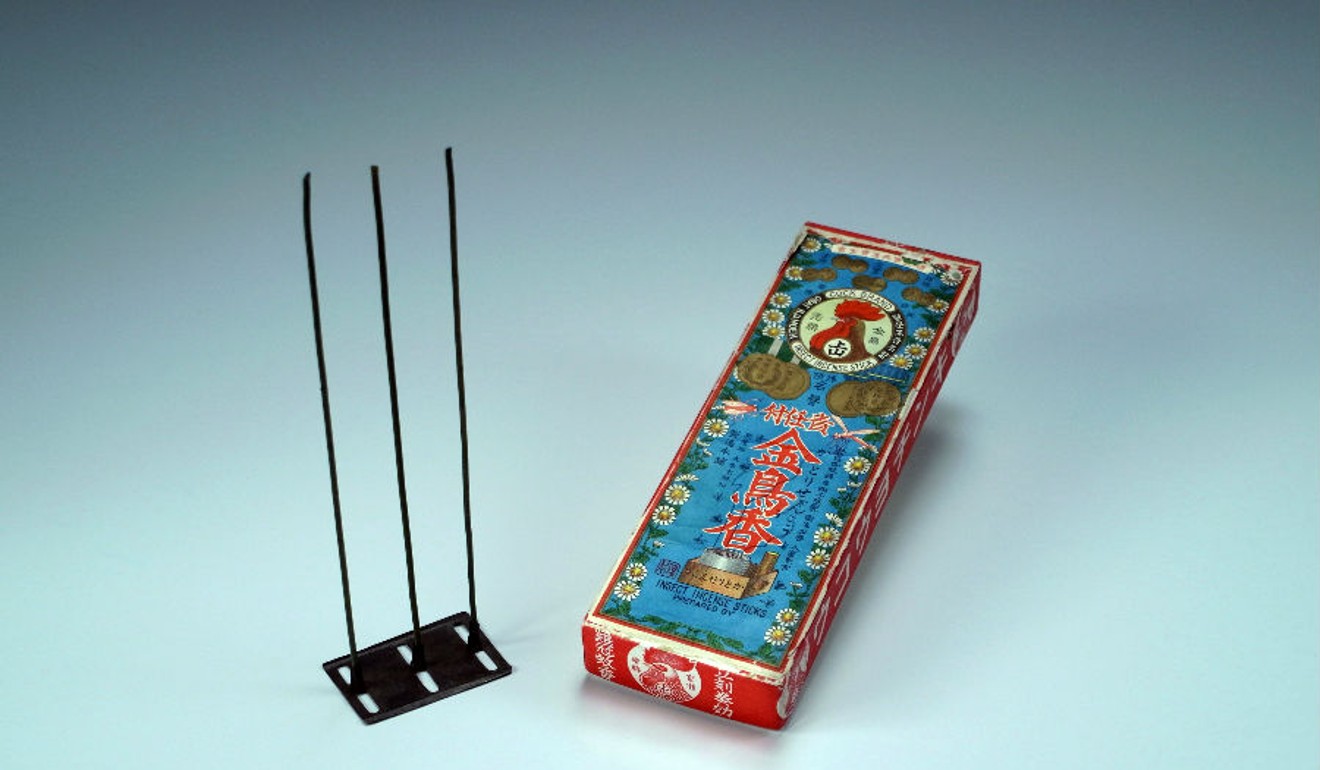
Chinese fan palms ( Livistona chinensis) produce a date popular with certain varieties of fruit bat; anywhere these trees grow there will be a sizeable bat population. A single fruit bat, in turn, can eat several hundred mosquitoes per night. Early local gardeners knew anecdotally that if these trees grew in the neighbourhood, the incidence of mosquitoes would be greatly reduced.
Bill Gates funds research on malaria detector dogs
Well into the 20th century, quinine – derived from cinchona bark – was the only effective treatment for malaria. A bitter cinchona bark and carbonated water decoction, manufactured by Schweppes from 1871 as the appropriately named Indian Tonic Water, was helpfully mixed with gin to make the stuff more palatable.
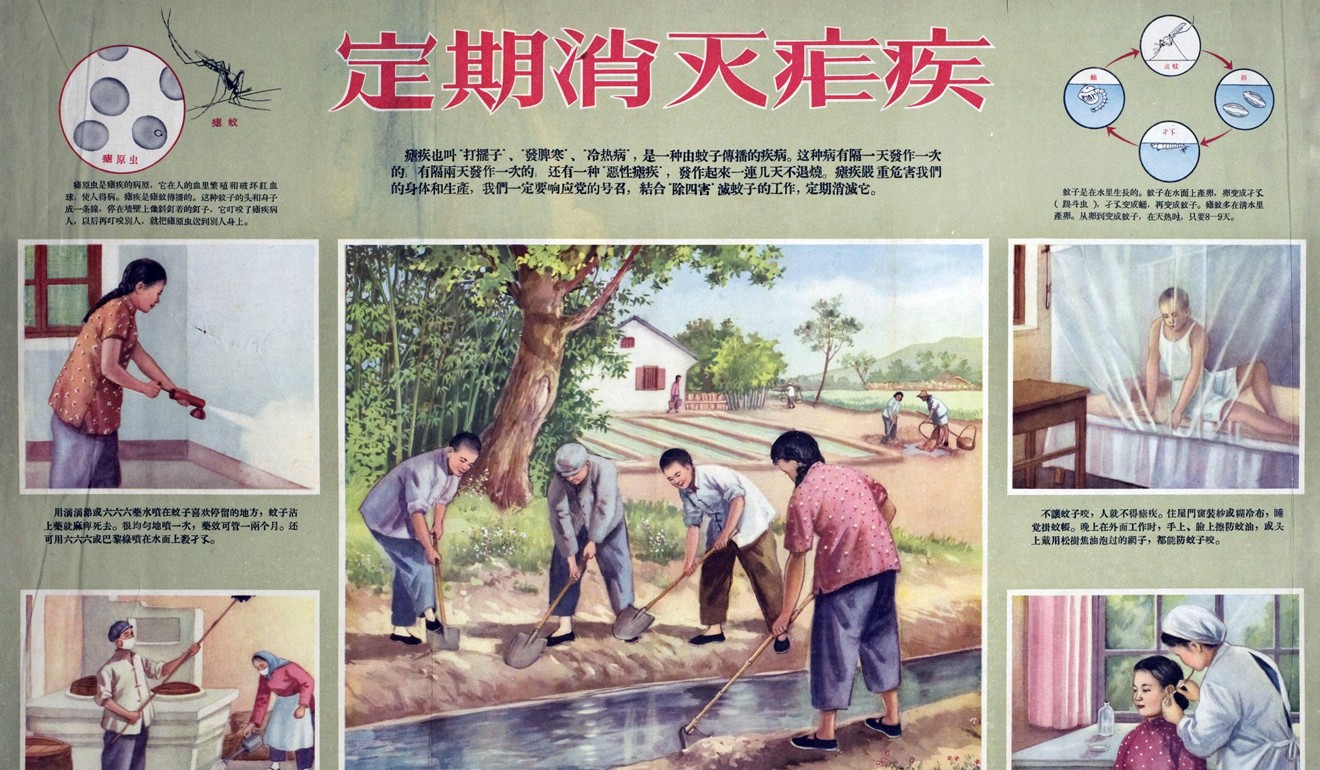
Chemical prophylaxis were only developed in the 1930s and during the second world war. Atabrine tablets, which had the side effect of turning the eyes a jaundiced yellow, helped keep malaria at bay in jungle warfare from Burma and northeastern India to the southwest Pacific.
Experts fear return of Hong Kong’s No 1 killer, TB, amid rise in visitors from disease hot spots and drug resistance
Malaria remained a perennial problem in Hong Kong well into the 1950s – especially in the New Territories – but more effective spraying and fogging of mosquito breeding grounds gradually reduced the incidence of disease. Dengue still occurs, however, mainly caused by poor drainage and inadequate cleansing of mosquito breeding areas.

